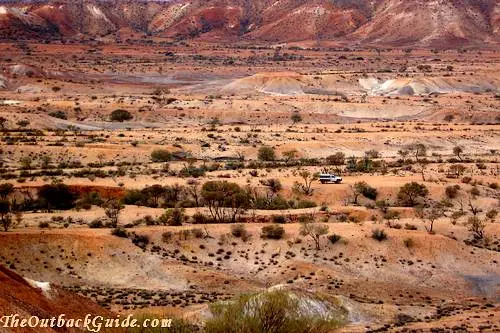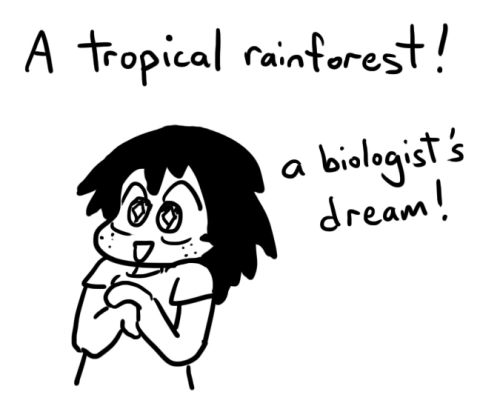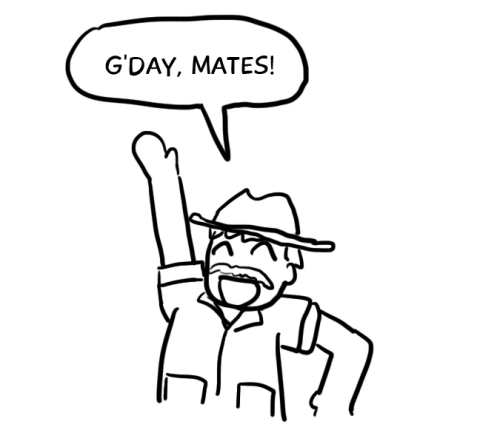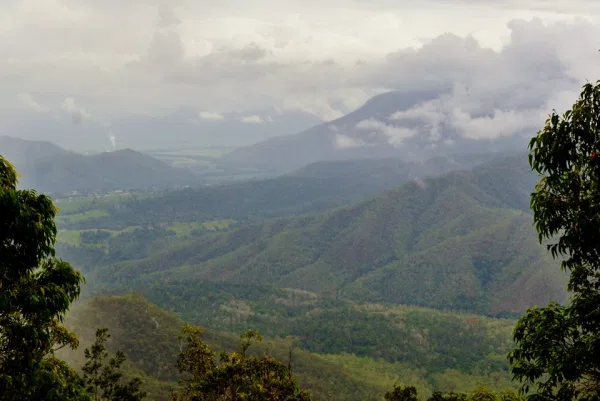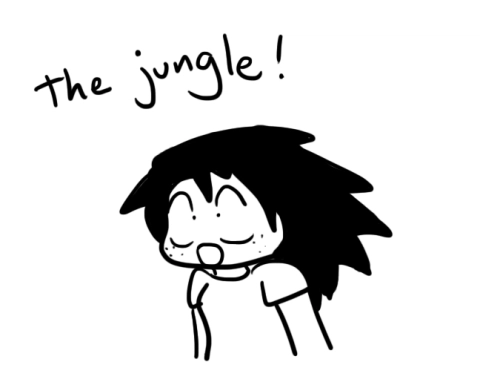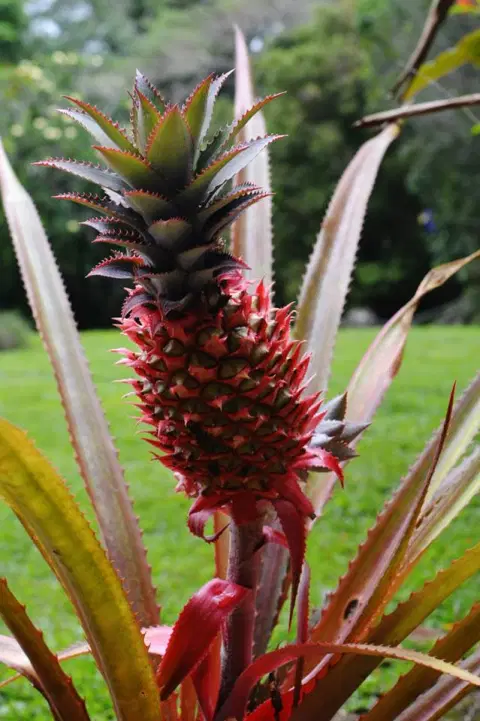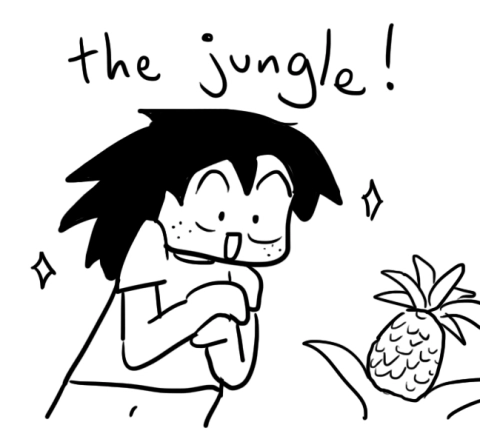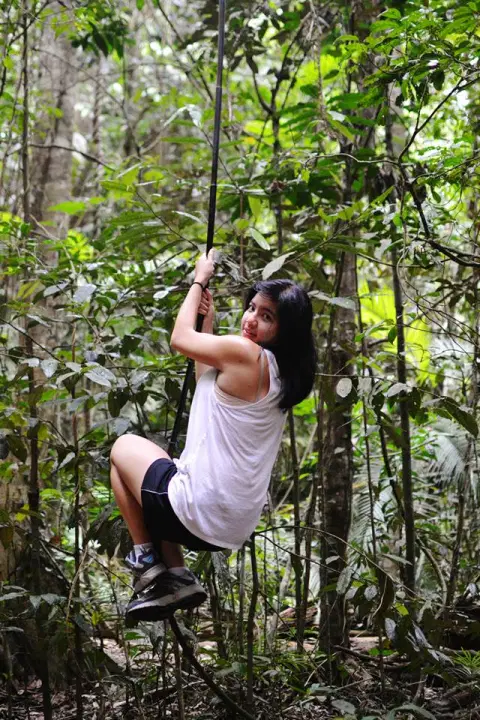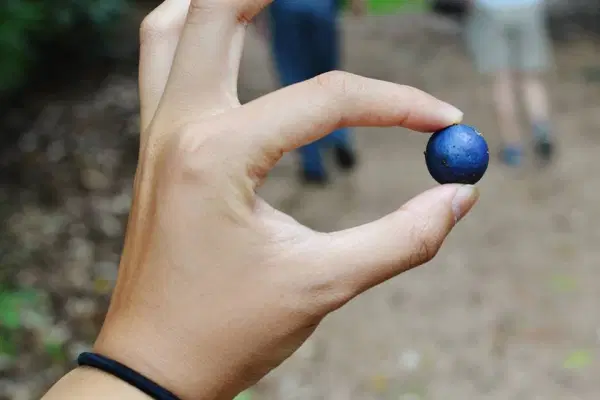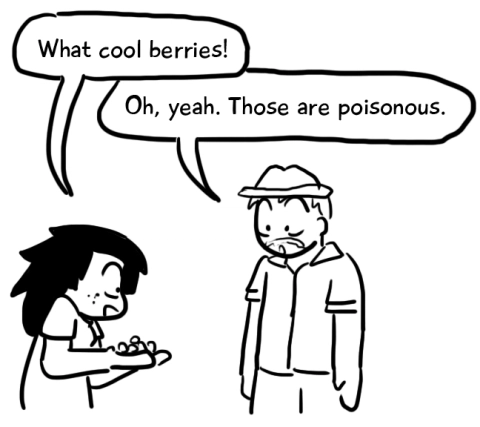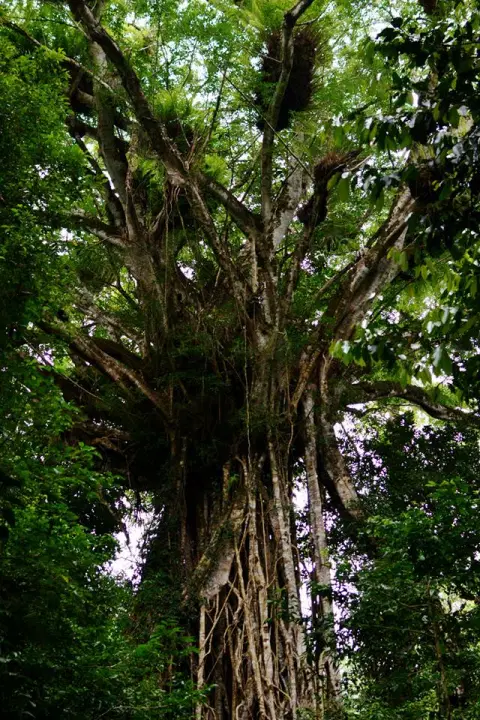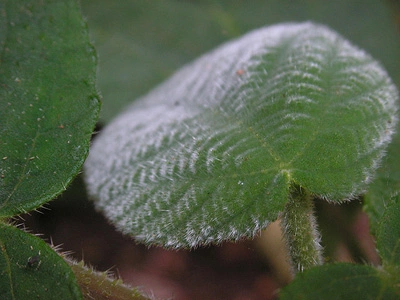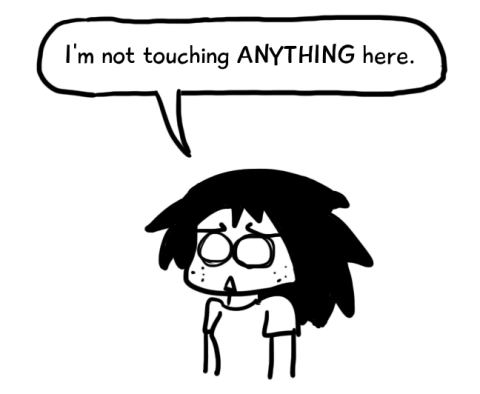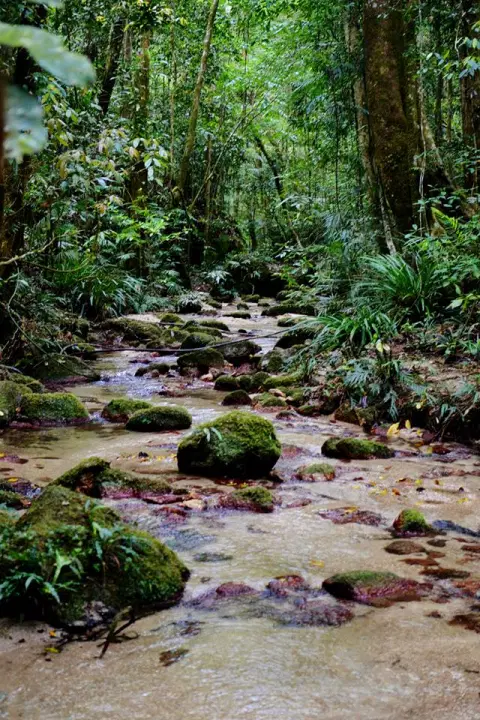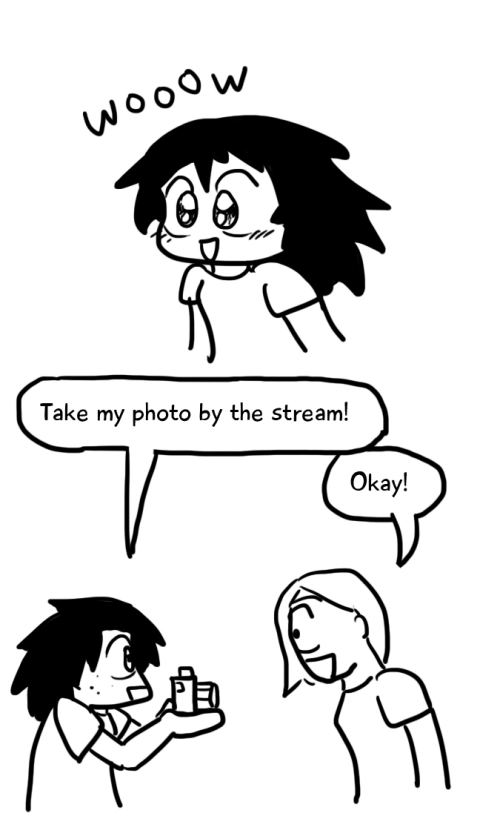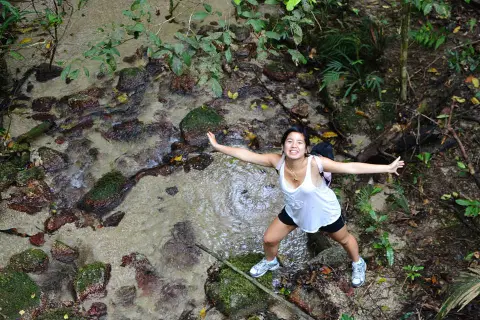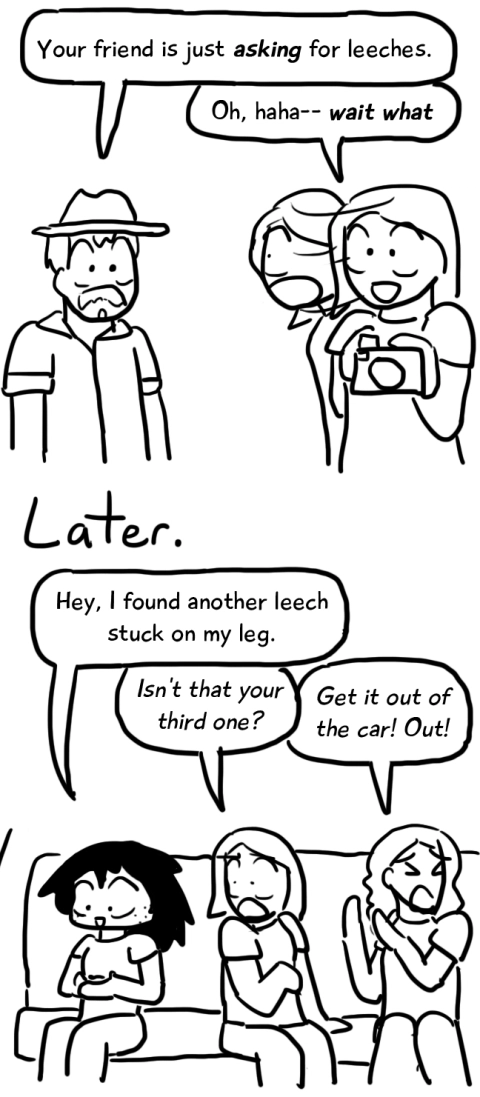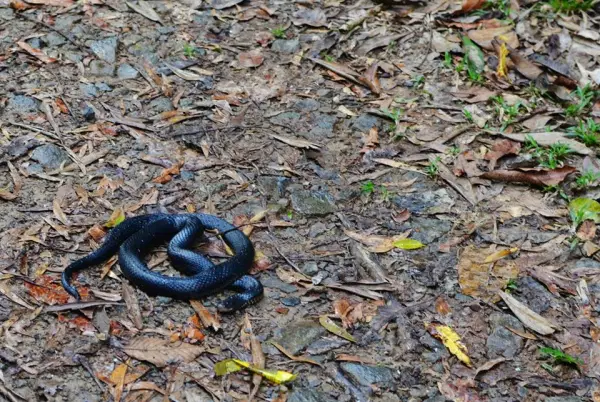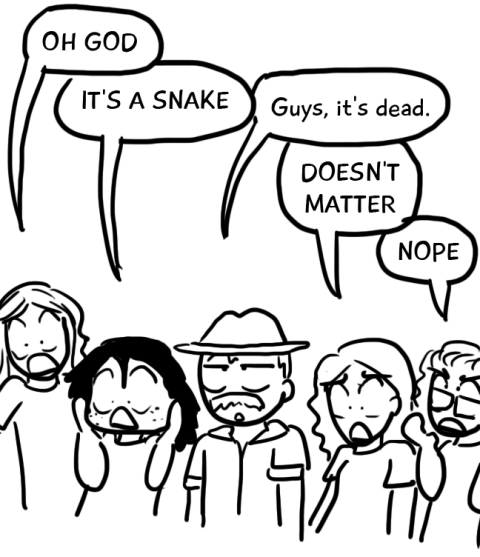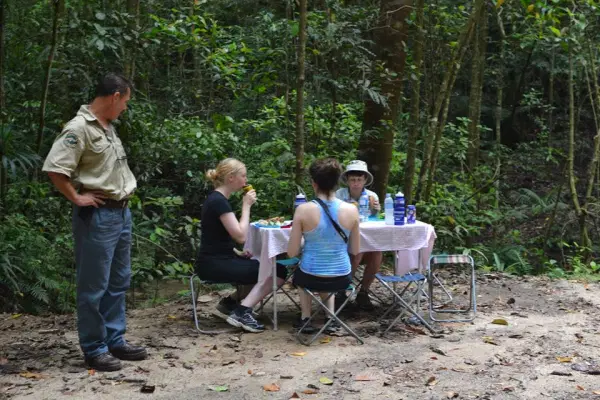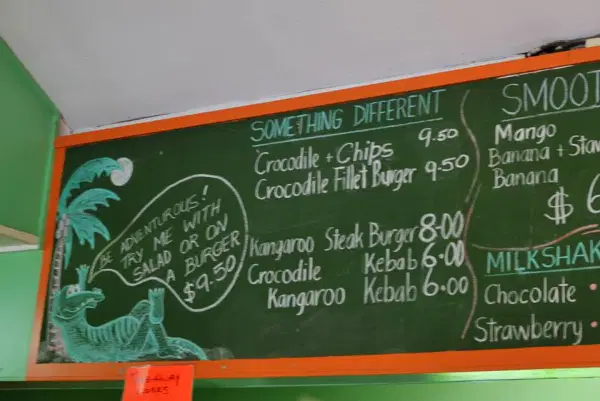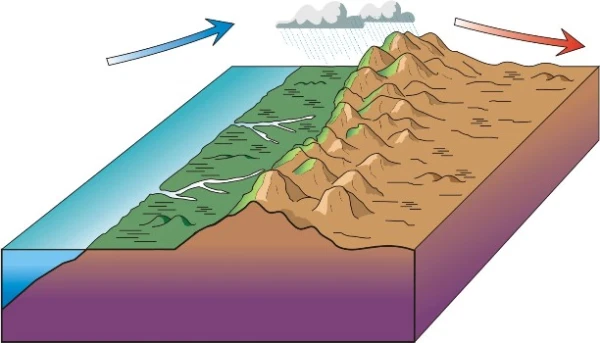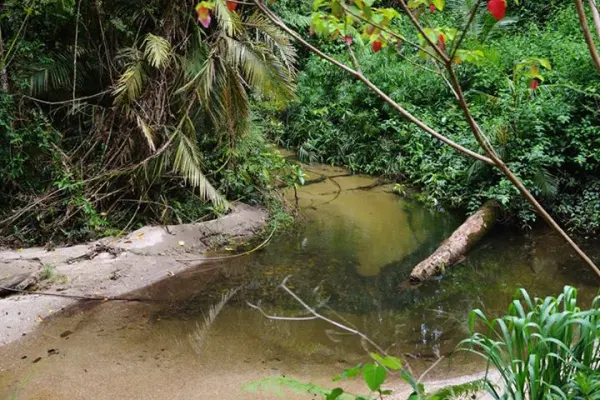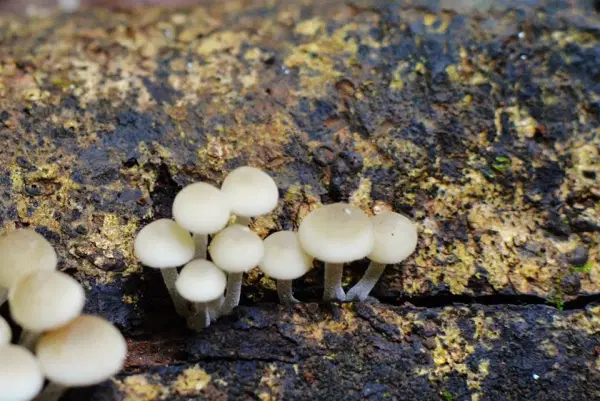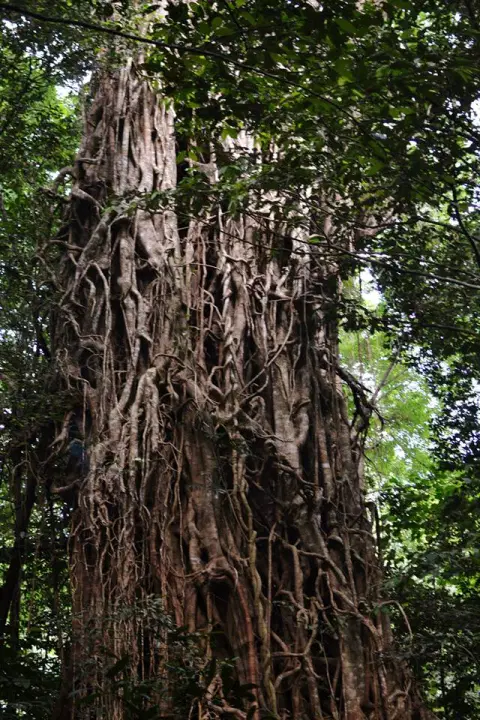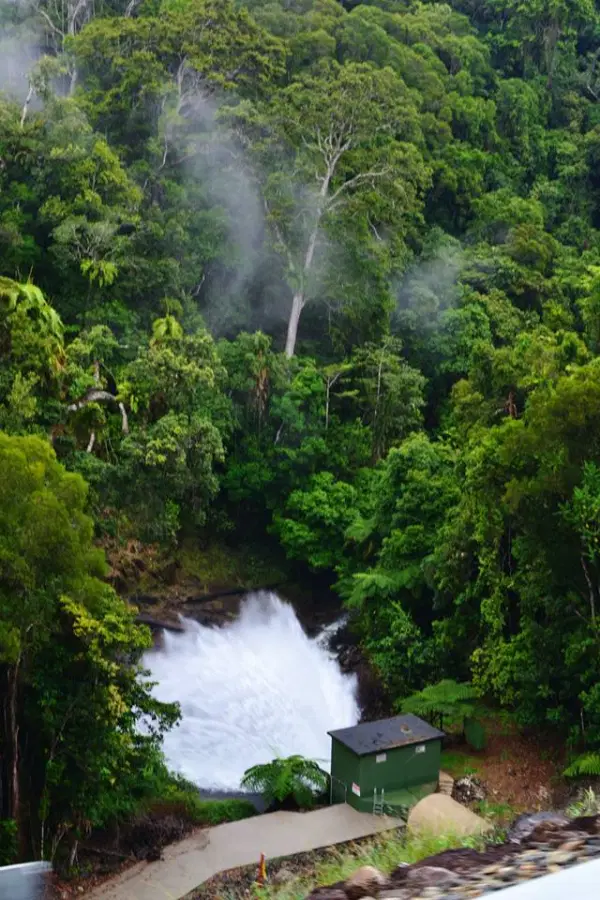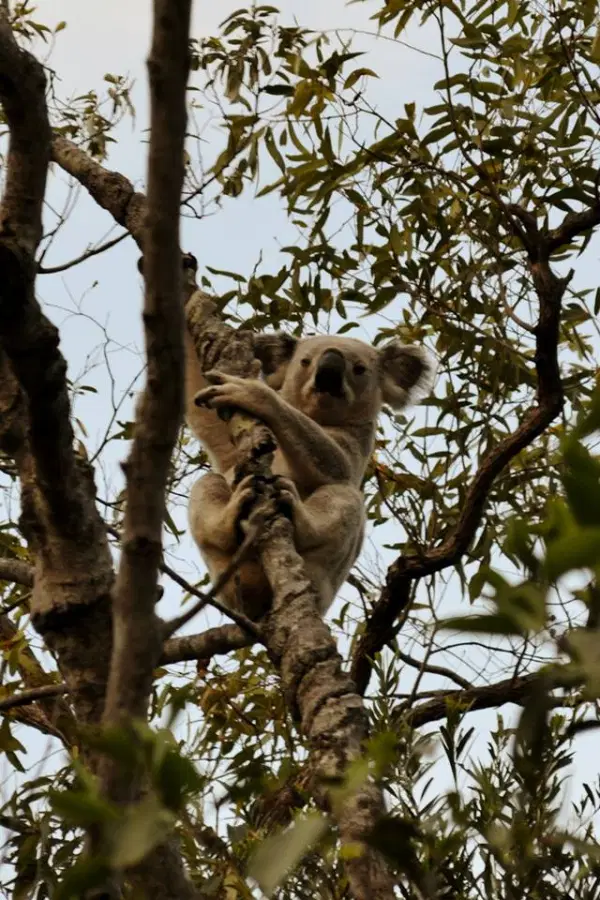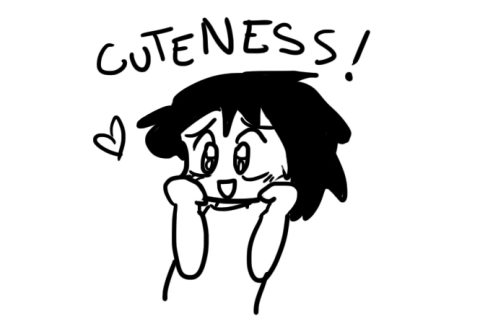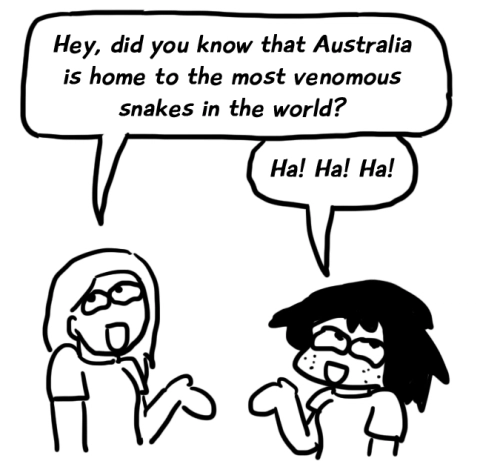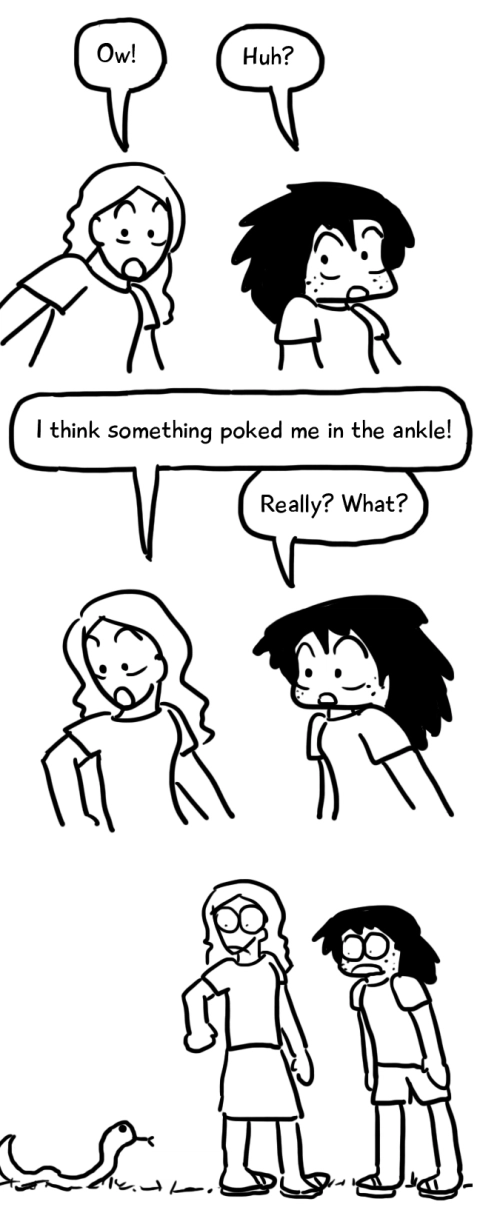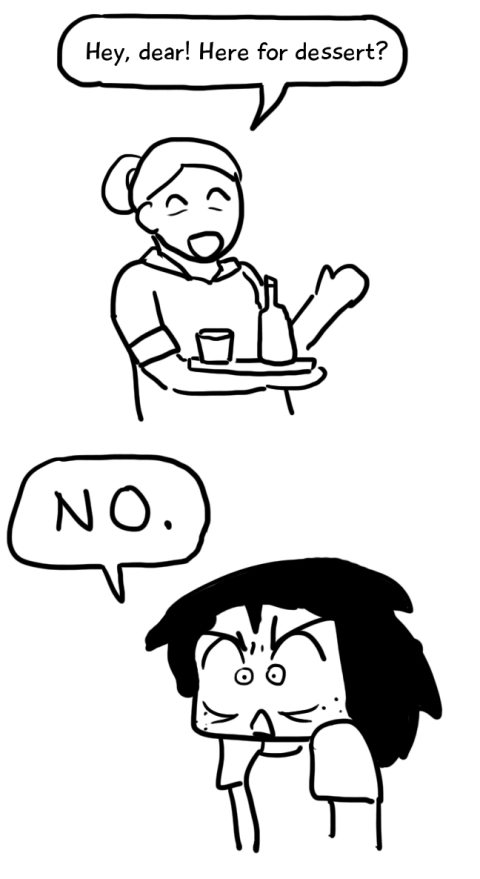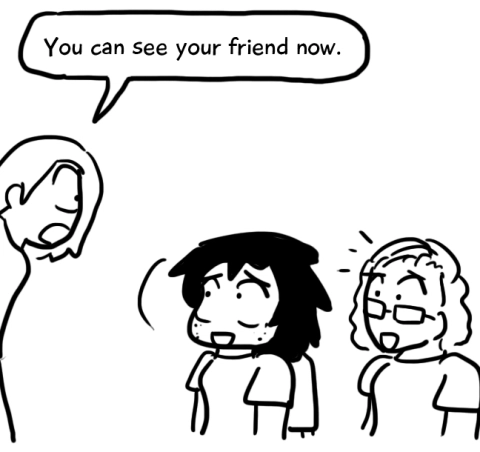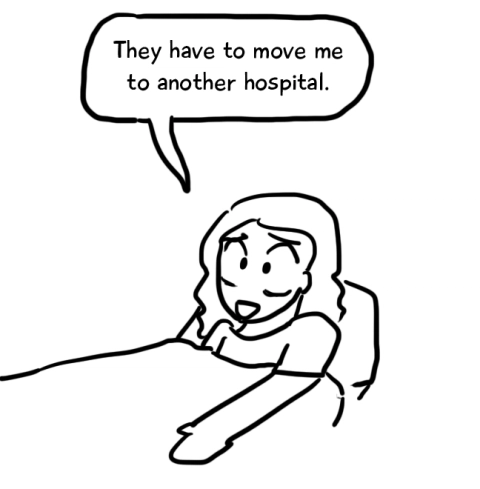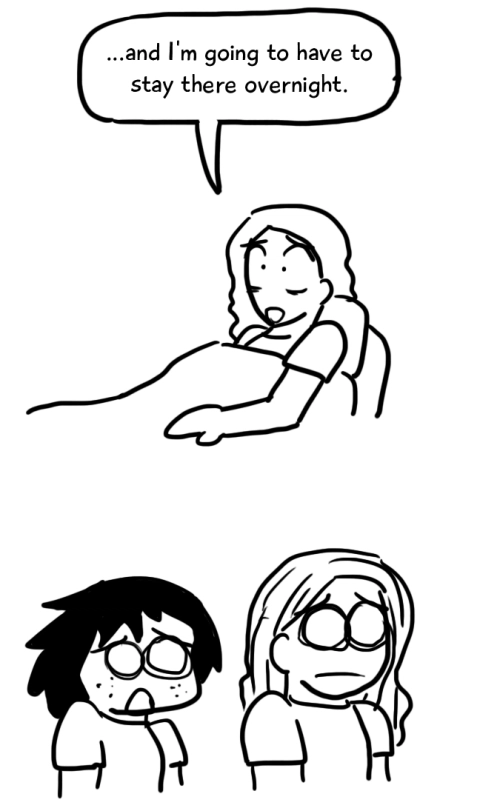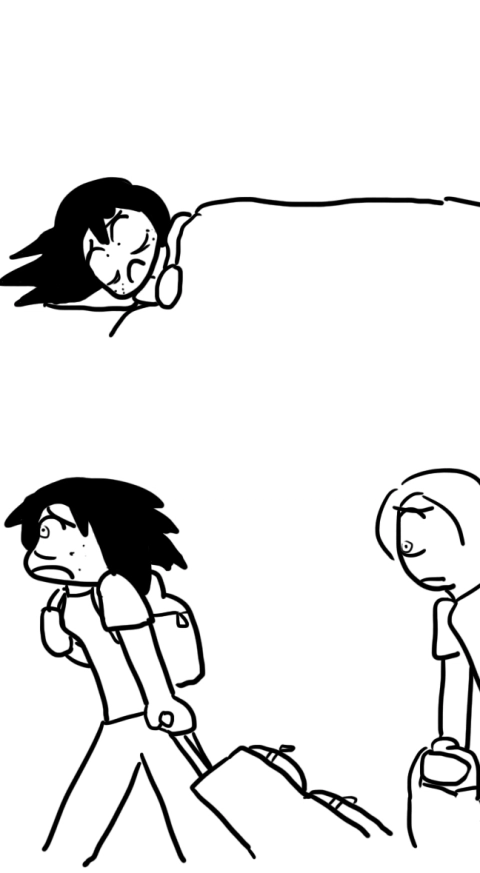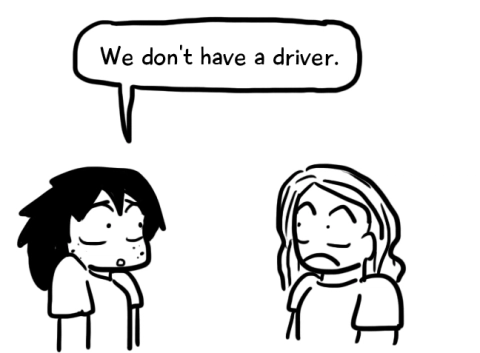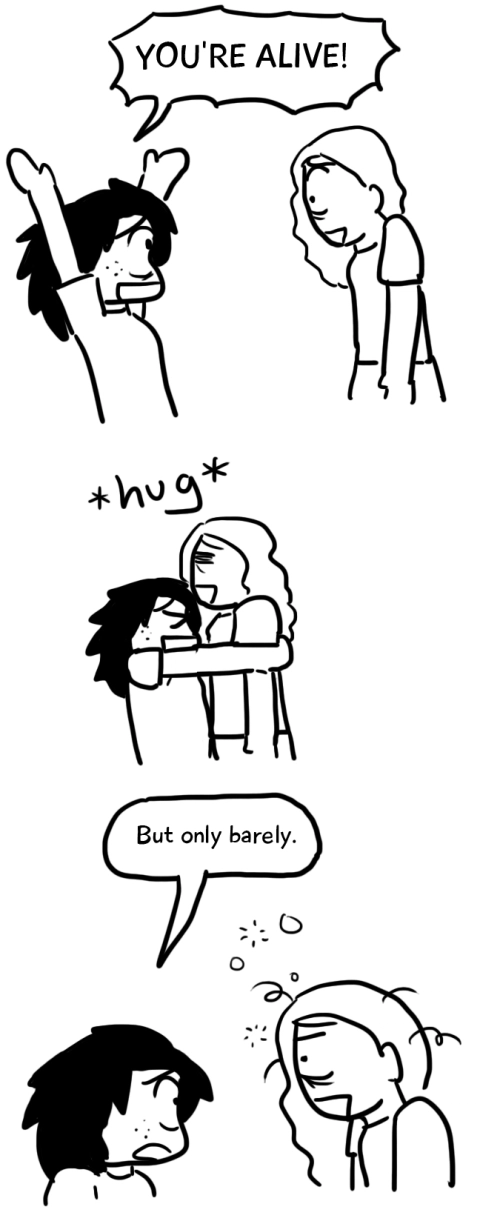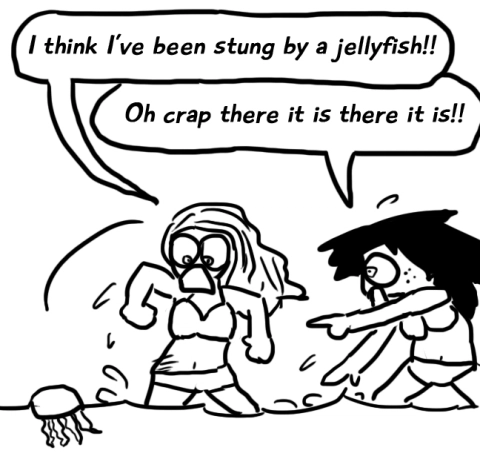I only had two goals for our trip to Queensland, Australia. One was to go to the Great Barrier. The second was to hug a koala.
Despite being in Sydney for the last four months, I still had not hugged a koala. I had been able to pet one, sure. But I hadn’t yet been able to hold one in my arms, give it a squeeze, and pretend, for just a second, that it was my own.

So my friends and I ensured that, during our trip down Queensland, that we would visit somewhere that would let us hold a koala. We found a place called the Billabong Sanctuary, which has this banner across the front of its homepage:

Consider us sold.
The Billabong Sanctuary isn’t your typical zoo, though. Unlike Wild Life Sydney or Taronga Zoo, where animals are untouchable behind their glass enclosures, the Billabong Sanctuary encourages interaction between its visitors and animals. Which is why, at the front entrance, they sell these bags of seed.
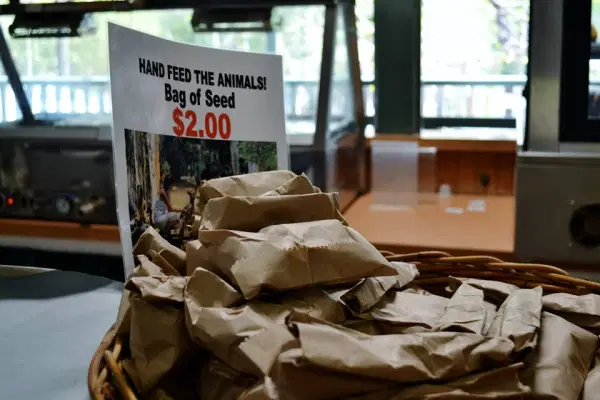
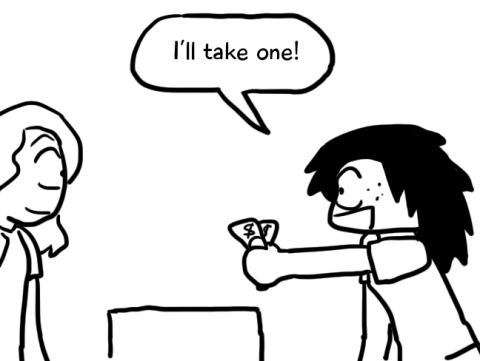
It seems like visitors of the Billabong Sanctuary have been feeding the animals for years. The ducks knew exactly what to do as soon as we stepped into the park.
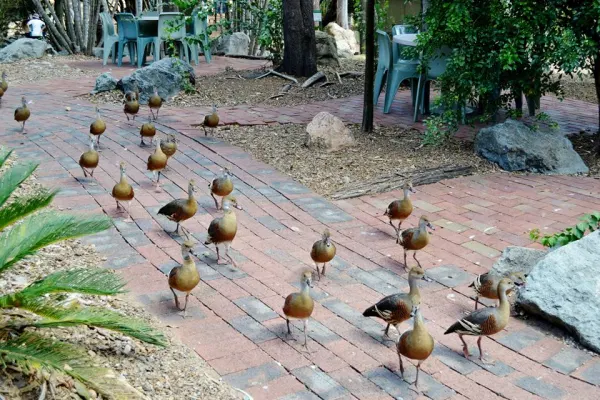
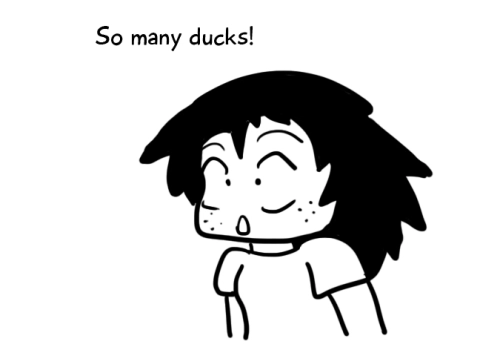
We were immediately swarmed by hordes of wild whistling ducks, all quacking and hooting and fighting each other for food. While it was fun feeding them at first…

…they continued to follow us and fight each other as we walked around the park.
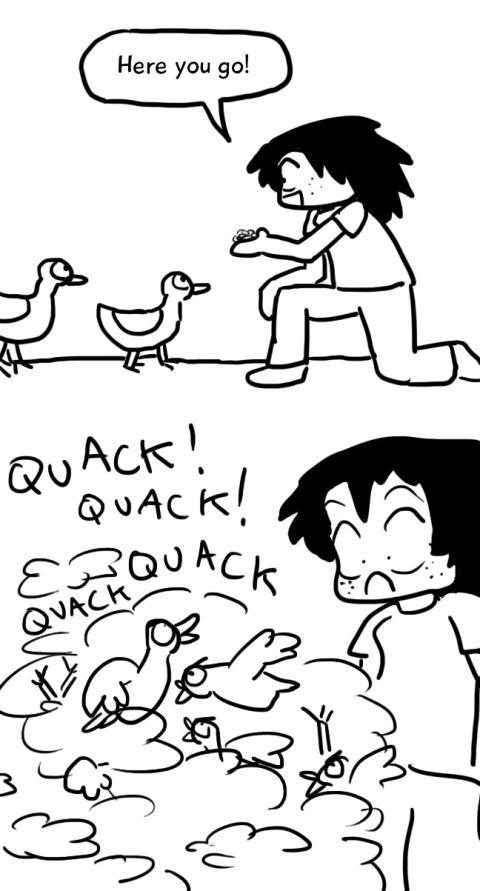
Those ducks weren’t the only fans of bird feed, either. Wallabies approached us, hoping to get in on the action.
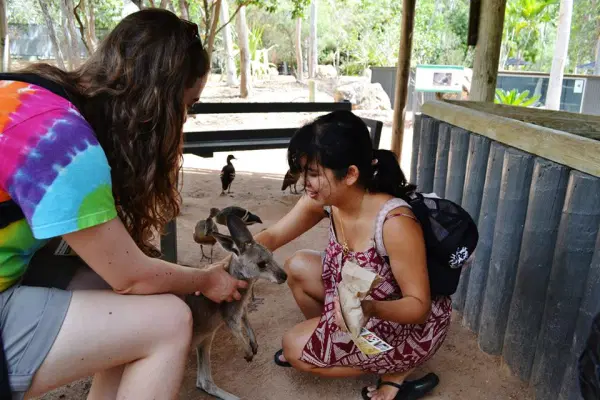

Kangaroos joined us too!
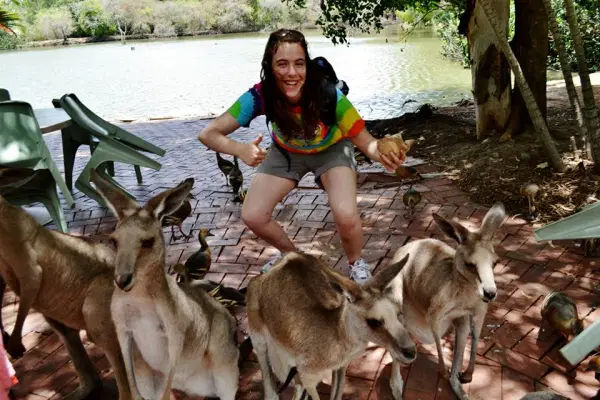
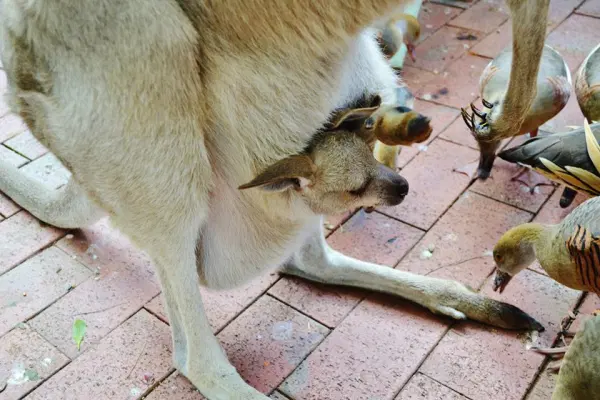
The crazy part is, a lot of the animals that live at the Billabong Sanctuary are wild. The park had humble beginnings: A Sydney schoolteacher, ready for a change in his life, moved to Queensland and spent two years building an artificial lagoon. Locals offered up native animals to add to the park. Today, the Billabong Sanctuary does host rarer animals like wombats and colorful cockatoos– but those ducks? The geese that later flew in to fight with the ducks? The tons of turtles, swimming in the ponds? They’re all native to the area and moved into the park on their own. The Billabong Sanctuary is a pretty ideal place to live, so why not?

In order to deepen the understanding between humans and animals, the sanctuary runs talks every day. They’re interactive! That morning, for example, we were introduced to Hope, a baby cassowary that lives at the park.
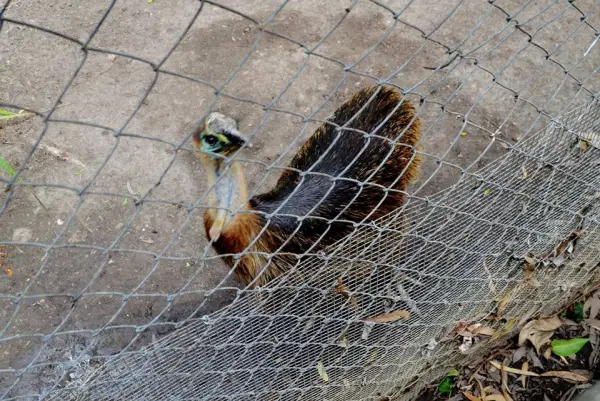
Not only were we able to feed her…
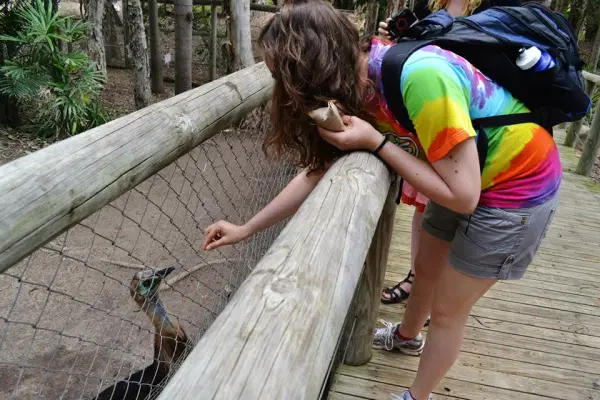
…we were allowed to feed the larger and slightly scarier adult cassowary as well.
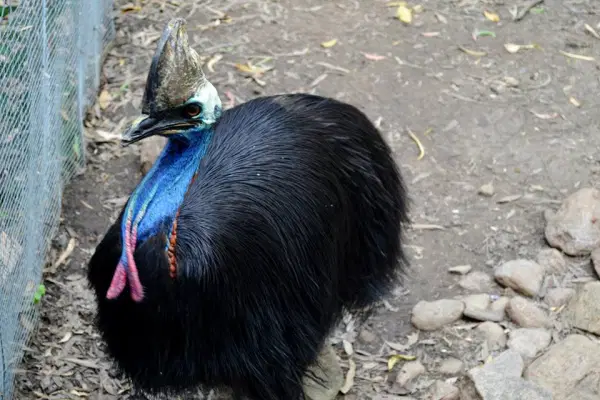
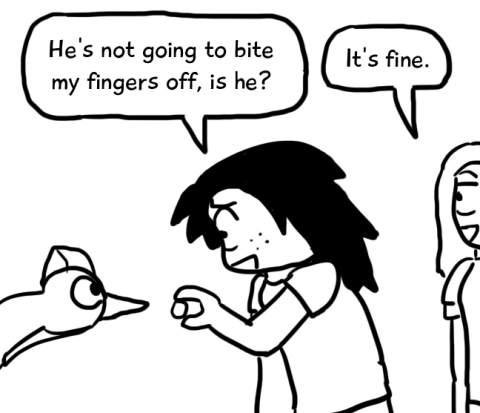
One of the park rangers took a wombat out of his enclosure and gave a a talk about wombats in Australia. She didn’t even flinch when the wombat proceeded to pee on her boot for a minute straight.
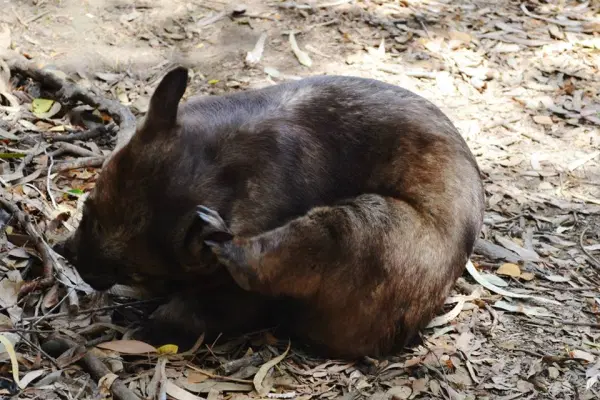
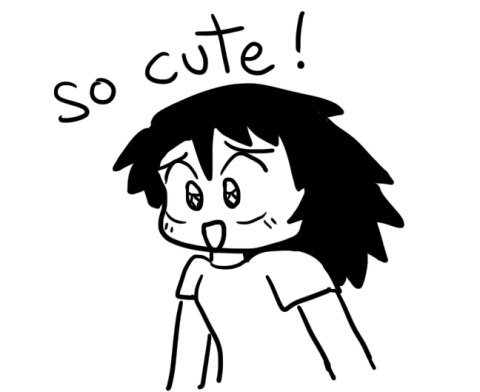
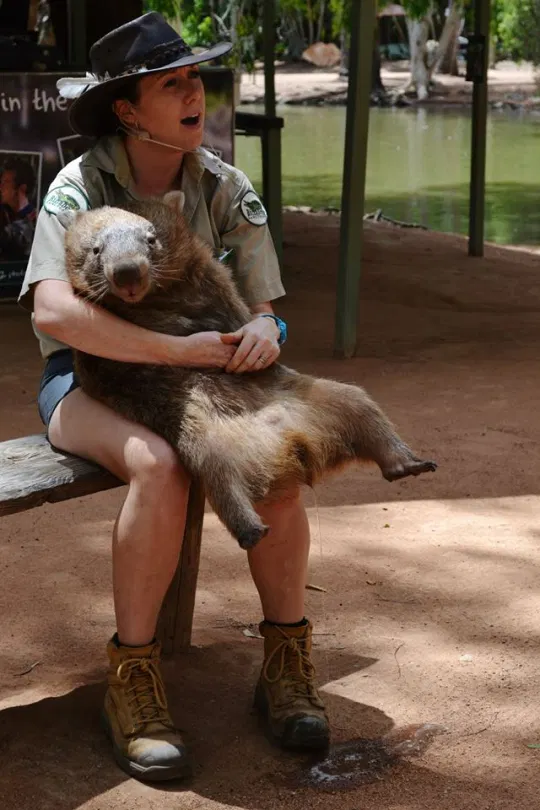

I still couldn’t resist petting this fat fella, though.

For $99, you can even feed one of the gigantic crocodiles that live at the park. My friends and I decided to skip this, though, content to watch the park rangers do it instead.

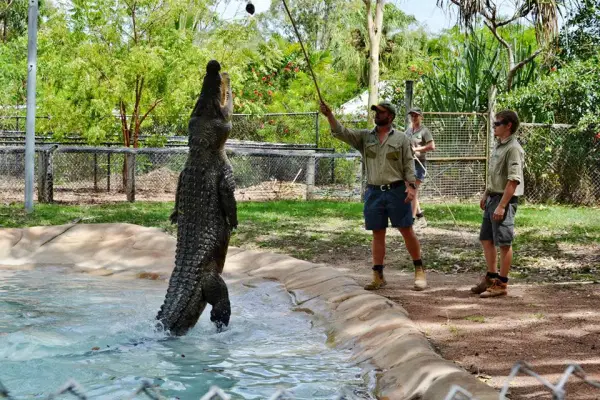
This was crazy!
And then, finally…
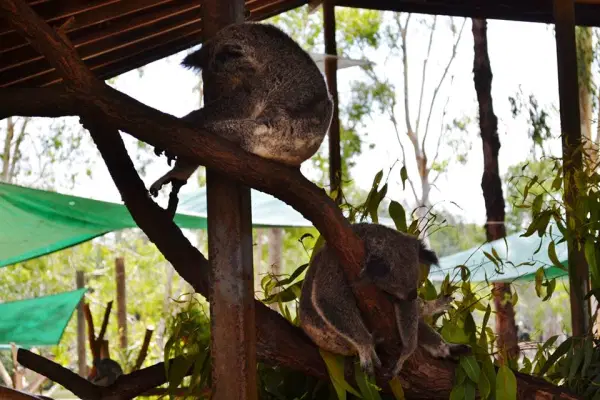
The koalas!
While admission to the park allows you to view and pet the koalas, to hold them costs a little extra. My friends and I had traveled all this way, so we coughed up the extra $16. This included a professional photo and a print, so I suppose the price could be worse.
We were led to the side of one of the lagoons (gotta have that scenic background, after all) where the ranger took our photos one by one. My friends went first, gingerly clutching the koala and smiling for the camera. And then, my turn came!
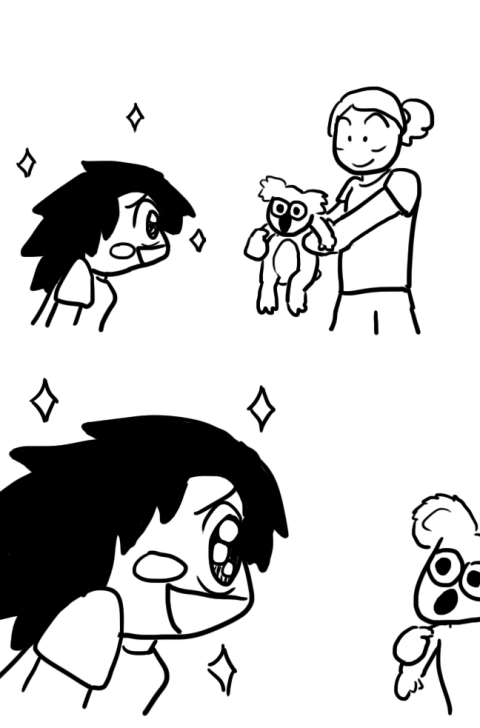
The ranger carefully placed the koala in my arms.
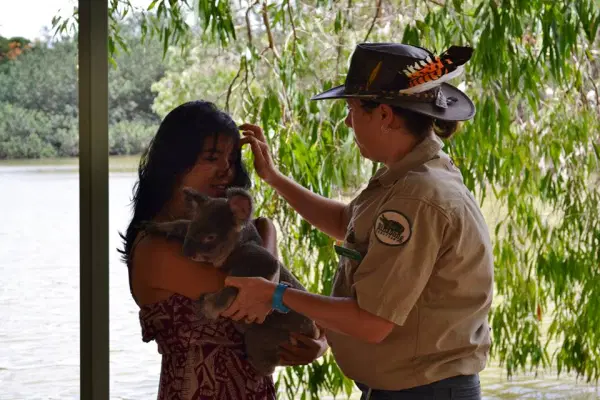
And fixed my unruly hair for the photo.
Then, finally, I got to hold a koala!
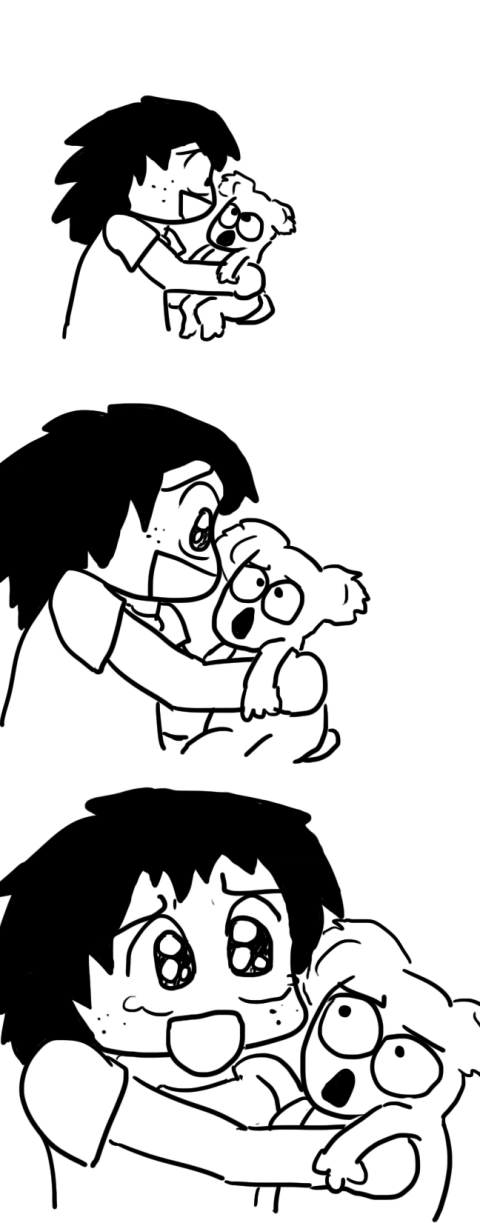
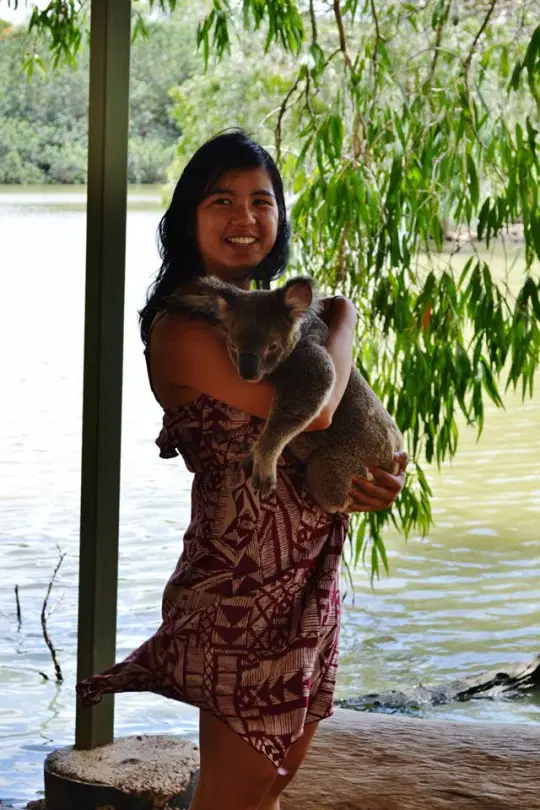
It was the crowning moment of the entire day.

